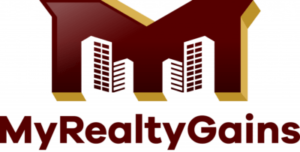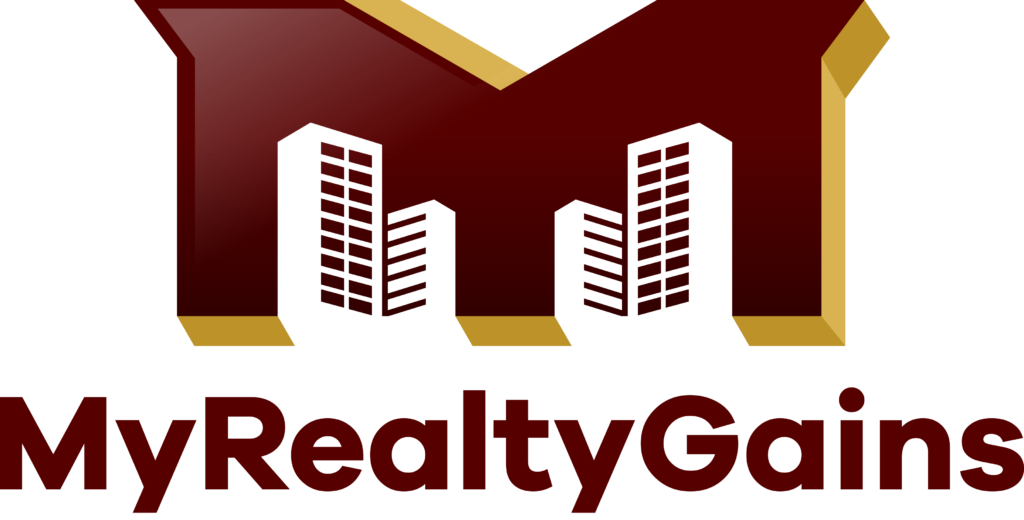The pitching of an investment deck can be diversified into various components which also focus on how one can really establish stronger relationships with their Investors. Let’s get started.
The Real Estate: Market Cycle Explained
The Real Estate: Market Cycle Explained
We have a bell curve here, and this is the Real Estate Market in a Bell Curve Shape. We always start down here in the recovery portion. Think of 2008 at the bottom of phase one, and around 2010 we were two points higher. We started to grow our markets, we came up to where most markets are in 2021 equilibrium, at the bottom or just one point before that or after. In phase one, we are in recovery. We just come out of the recession and now we are starting to recover.
The NOI is the vertical line. Our income or our growth, we start to get reduced vacancies or occupancies are increasing. We are now getting more demand for apartments. As you get more demand for apartments, our vacancies start to absorb. We will start to see the rent growth. The rent grows, and the NOI starts to grow. As the Occupancy gets above the long-term Occupancy average of the market, the NOI continues to come up because as more units are filled, demand and supply say that when we have more demand, than you have supplied, the rent will grow. When the rent will grow, the NOI comes up. You get to a point in the market where we can afford new developments.
Now we are in phase two, the Expansion Phase. When the market gets above the long-term Occupancy average and is on the left side of the equilibrium, it is considered to be in the expansion phase. New construction starts here because developers see that there is enough meat on the bone. They can make some money and build apartment complexes. As they build, rents are still climbing because they are not delivering yet. The market starts to accelerate quickly. Then you start to see some deliveries.
At the next point in phase two, as the units are being delivered, rents are starting to level off because more units are being put on the market. There is absorption taking place at a faster pace now. As deliveries are happening, units are being filled and managers start to create concessions because they are trying to fill these units. You will start to see the rents start to level off a little bit. As Rents Level and the absorption slows down, the market gets to that point of equilibrium where demand and supply are equal, nobody has ever been able to pinpoint when that point occurs.
We can print point equilibrium after it occurred and identify points before it occurs. For the circle between 2008 and 2022, I can tell you that in the United States, you passed it to me in the apartment market around Valentine’s Day of 2022. You start to go into Phase Three Oversupply. Absorption is no longer keeping up with the deliveries and rents are slowing down. Rents may still be positive, but you start to see some weakness as units continue to deliver because builders did not recognize equilibrium now the market cannot keep up with the absorption. The rents start to decrease, people start moving out, causing higher vacancies. When we go into Phase Four, The Recession as the market drops below the long-term Occupancy average this is the shortest phase of the cycle. And like the equilibrium, it is very difficult to predict the bottom.
The timing from recovery to equilibrium is the long-term part of the bell curve. The term is much shorter from equilibrium to the bottom of the recession. It is kind of like trying to climb a mountain and then going down a slide. If this image was drawn more to scale there would be a much shallower part of the bell curve to a very steep part of the bell curve on the other side of the equilibrium because we tend to grow through our supply and recession fairly fast.
These are four different cycles. One is recovery, the second is expansion, the third is oversupply, and the fourth is a recession. We have our long-term Occupancy average line. We have our NOI line, our point of equilibrium, and our point of new development. If you see the chart given by Dr Mueller, the University of Denver puts out a market cycle chart every quarter. You can see that in phase three, hyper supply has about one-third of the market and equilibrium in two-thirds of the markets.
The Real Estate Market Cycle Phase 1: Transition Phase
The Real Estate Market Cycle Phase 1: Transition Phase
One is the transition phase which is recovery. In recovery phase one, we are in the transition phase. This is the period of reinvention. This is where we start to put together a new business model, we had before broke and we start to diversify our risk. We have renewed customer focus. Back to focusing on tenants and the investors because we kind of lost focus on them as we were in Euphoria and got a little complacent. Cash is king. In the recovery phase, we have got to focus on fundamentals and consolidation continues to accelerate. Meaning people are folding up boxes, and selling their non-core assets. They are getting rid of their troubled properties because this is also where people are purchasing those assets that are getting old.
What is the Solution?
We need to build a pipeline so that we constantly have opportunities coming in. Again, we have consolidation accelerating so we may be able to capitalize on some of that consolidation. Rebranding takes place if you are an owner during this period because you probably went through some pretty tough times during the life cycle, and down cycle and now you want to rebrand so that you can reposition your assets. You accelerate value add acquisitions. We talked about consolidation accelerating here. This is where the buyers are accelerating and initiating development at some point.
The Real Estate Market Cycle Phase 2: Growth Phase
The Real Estate Market Cycle Phase 2: Growth Phase
In the growth phase, we got into an expansion phase. We will start to initiate new development. We expand offerings and deposition assets that end up having a tough time during the downfall. This is the period of opportunity. The market has rising Occupancy levels, rising rents, and growth in NOI, and an increase in asset value development activities is now occurring in most markets. Capital is available and new competitions start to hit the market.
What is the Solution?
Start to expand vertically. If you are just purchasing value at assets for conventional apartments, maybe now you’re expanding to property management or expanding to development or adaptive use where you buy a hotel and turn it into a multifamily property. You expand geographically. If you have only been investing in your market, expand into other markets. If you have only been investing in the Southeast, you need to expand further. Start expanding into Midwest or maybe Southwest depending upon where some of the growth is occurring. Expand your customer base instead of just going after conventional apartments, going to student housing, senior living, or low-income. You can also invest in Infrastructure and expand adjacencies which are the properties next to you. If you expand into adjacencies, it just means that you are expanding property by purchasing the land around you if it is available. And then of course you leverage your capital at that point.
The Real Estate Market Cycle Phase 3: Plateau Phase
The Real Estate Market Cycle Phase 3: Plateau Phase
The Plateau Phase is the Oversupply phase. Some periods of decisions start to happen here. You start to see demand, supply and balance. You will see a lot of optimistic underwriting and some unrealistic asset values and generous tenant improvements. API in a commercial world would be tenant improvement. You will see a lot of units rehab happening which could be considered the same thing. The amount of innovation they are doing. The end concessions are starting to happen and this is a period of High Investment Activity.
What is the Solution?
You need to dispose of non-core assets if it is not your core market. I know an owner that owns all his properties in Georgia except one. He owns one property in Alabama. It’s time to dispose of that non-core asset. His expertise, team, and all other properties are in Georgia, not in Alabama. He should dispose of that one non-core asset. Locking into long-term debt. If you are buying in the latter phase, in the short term that you are setting yourself up for failure, you need to be able to make it through the down cycle. Not knowing how long the down cycle is going to be. If you don’t want to be stuck short of financing, better come out of it. For brokers, you need to build a third-party work. It just means that royal marketing access to people becomes a consultant because transactions are going to be few and far in between during the Plateau Phase.
The Real Estate Market Cycle Phase 4: Crisis Phase
The Real Estate Market Cycle Phase 4: Crisis Phase
The fourth phase of recession is the Crisis Phase. This is the period of change. Rents start to decline. No development is happening. There is limited access to credit Banks stop all credit facilities. You can still get private credit through life insurance companies. Life insurance companies will invest. You need to have other credit facilities that you can go after. They are going to become foreign and few in between as you start delivering them because if you are over-leveraged, you are in bad shape. The set values are declining at this point. Lenders are growing workouts and restructuring and entities are downsizing.
What is the Solution?
The solution here is to acquire underperforming assets. Notice you are invested in part of the cycle. So buy, acquire underperforming assets, acquire necessary real estate and acquire market share, customer base, and talent.

© 2022 My Realty Gains. Created by Fooracles. All rights reserved


